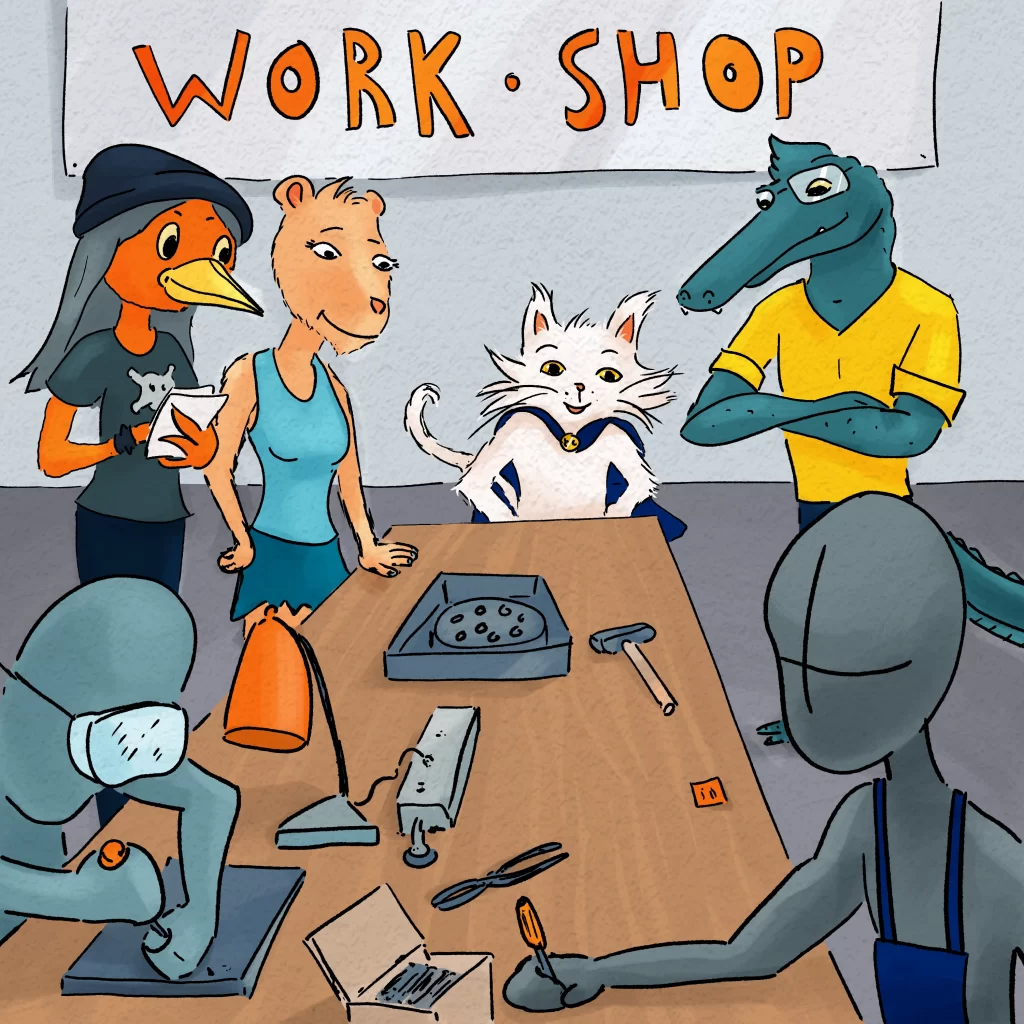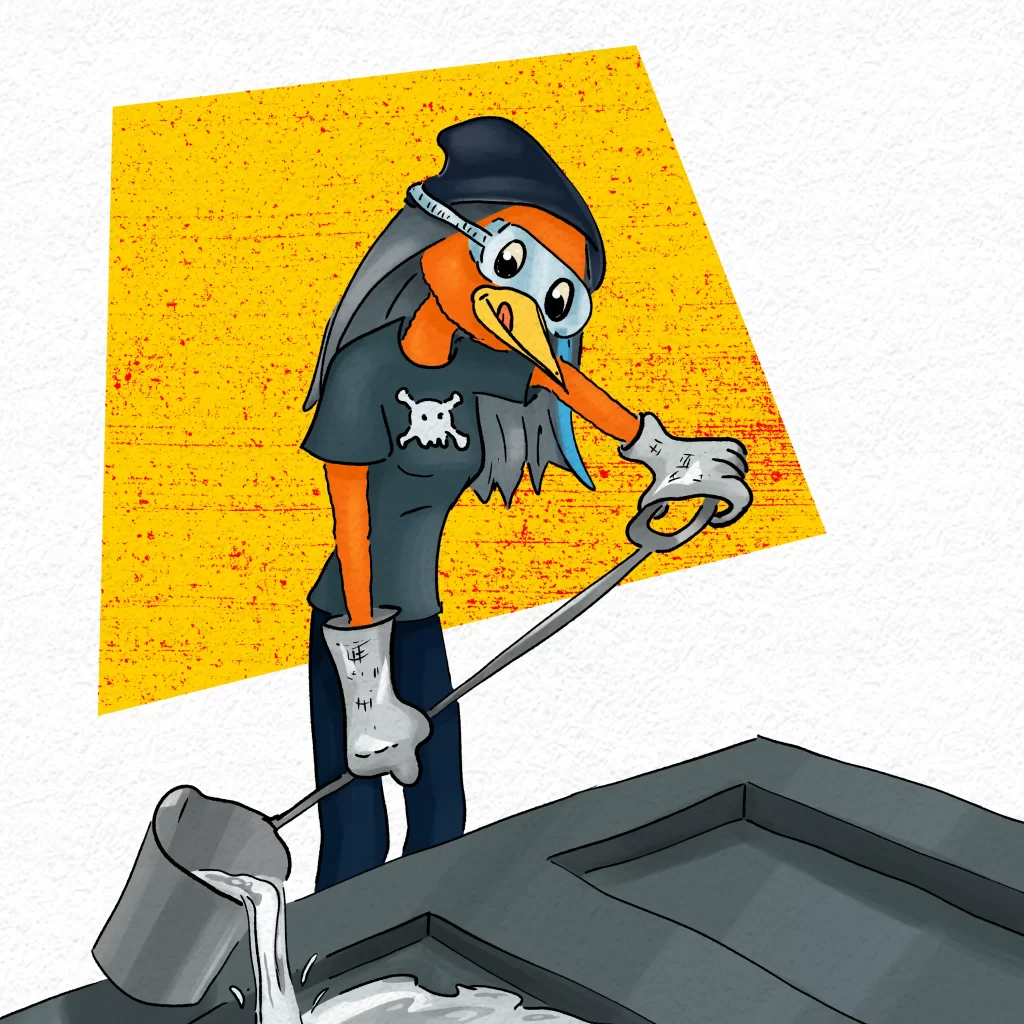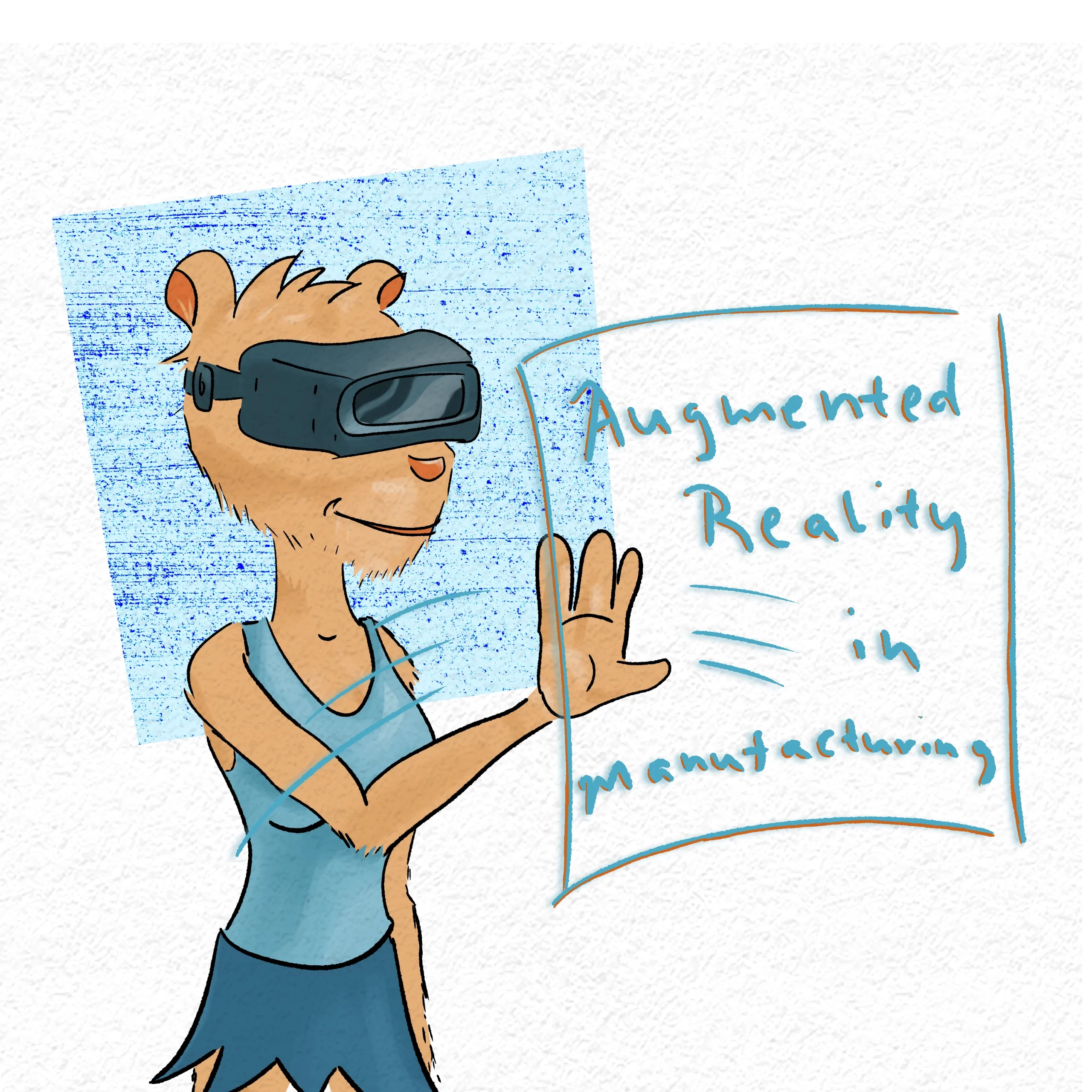Casting: an ancient and modern manufacturing technology
Everybody knows that casting is the hot new technology taking the media by a storm!
…
Actually no, that would be Artificial Intelligence, or in the manufacturing world, probably 3D printing.
But casting is a very important manufacturing technology, and one that you’re going to want to be aware of if you’re in the business of making physical things at any scale.
The Zattatat gang underestimated this technology at first…
If you’re a regular here at Zattatat, you know that the gang consists of Rhonda, a retired nurse who now makes and sells wooden coasters and beer mugs; Gary, an accountant who has a side business as a baker; and Princess Capybara, a young serial entrepreneur whose recent endeavors have included biotech, concrete molding, and skin serums.
They often ask for advice from their friend Process Cat, a manufacturing engineer who left his corporate gig to become a manufacturing superhero who helps small business owners solve their manufacturing problems.
And if you read our last article, you know that recently the gang asked Process Cat to give them a master class on the general topic of manufacturing technologies so they would know what options were out there the next time they wanted to make something new.
After the first class in a hotel conference room, Process Cat suggested they switch things up and head to a workshop owned by a local contract manufacturer that he happened to know.

The contract manufacturer had capabilities to make things by all sorts of methods, but Process Cat had brought them there to show them a very important technology called…
Casting
In a broad sense, casting means pouring a liquid material (typically a metal) into some kind of mold, allowing the liquid to harden, and removing the finished item from the mold. Casting is a very old technology, dating back to the bronze age. It can be used at very large and relatively small scales; can be used to make items of complex geometries, and is usually cost-effective.
The way that the liquid metal hardens is usually by cooling to room temperature. In the case of resin-casting*, it’s by mixing in a catalyst that causes a liquid to polymerize or crosslink.
Unlike milling, a technology we discussed in the last article, casting is not a subtractive technology. In subrtractive technologies, unwanted material is removed, leaving an item with the desired geometry. Hand-carving something from stone is another example of a subtractive technology. But in casting, the volume of material poured into the mold is more or less** the volume of the finished piece.
We’ve previously discussed two technologies that could be considered as analogous to casting, but for plastics, here. Resin-casting actually uses the name casting; you can probably see how injection-molding is still a related technology even though by convention it’s called molding.
Casting can also be categorized according to what happens to the mold after it’s used.
Expendable Molds
Yeah, this is about what it sounds like: if the mold can only be used once, that’s called an expendable mold. A common example of an expendable-mold technology is sand-casting.
In sand-casting, a “pattern” is used to form packed sand into a mold shape. (Like using a bucket or cup to make sand castles at the beach, but instead of a sand castle you make 2 halves of a mold with a hole to let in liquid metal and another one to let out air as the metal enters and vapors as the metal cools.
Then you pour in the liquid metal.

Once the metal is cool, you basically brush off the sand (ok, I’m skipping over some details but you get the point) and there’s your part!
Sand-casting can be used to make very large parts and is also the most common casting method worldwide.
Permanent Molds
If the mold is reusable, it’s called a permanent (or reusable) mold. This is the manufacturing technology more akin to injection-molding: liquid metal is sent into a mold and allowed to cool; the mold is then opened without breaking the mold, the metal part removed, and the mold can then be used again.
Die-casting is a common example of a permanent mold technology. It really is basically the same in principle as injection-molding, but with metal instead of plastic. This of course affects the material you’d choose for the tooling (ie, the mold), the temperature, pressure, and duration of the process, etc.
Die-casting tends to be used for smaller items like plumbing components, toy racecars…
…and jewlery!

Now of course, there are many other types of casting and there are many variations on the types we talked about here. For example, jewelry like Princess Capybara’s could also be (in fact, more often is) made by lost-wax casting, which falls into a subtype of expendable-mold casting called investment casting. And the wax for the lost-wax casting can now be 3D-printed!
…
And on and on and on. The point is, casting is a very important and very versatile technology that “plays well” with other, more modern technologies. And now that you understand the basic concept of it, you’ll know where to start when looking for a specific casting technology to manufacture your latest invention.
Weekly Challenge:
Look around your home, office, or workshop. Do you have any items that were made by casting? Even if you yourself don’t cast anything, you almost certainly do!
*Arguably, “resin-casting” is kind of a misnomer. Normally the word “casting” is only used for metals, while analogous processes with other materials might be called “molding.” But that’s a philosophical debate and we’re a pragmatic bunch here at Zattatat, so we don’t get hung up on semantic arguments when we could be in the shop making things for our customers 🙂
**Actually, it’s always somewhat less.That’s because, though no material is removed, all metals do shrink in volume as they cool from their liquid to solid state.
Ready to learn more? Read the next article in the series!



